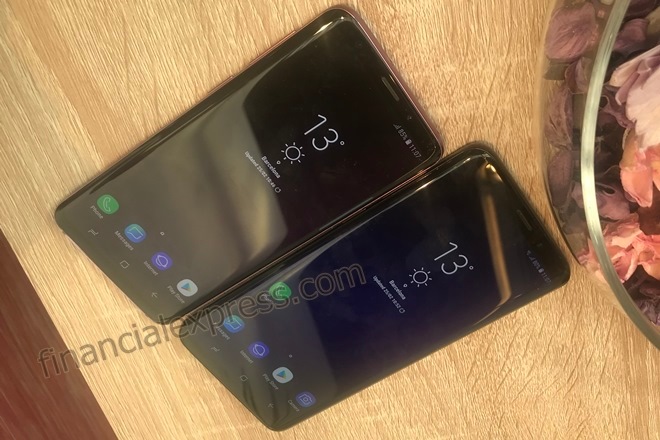While global smartphone sales to end users were down 4.6 per cent in the fourth quarter of 2017, Samsung retained its top spot with 18.2 per cent share, Gartner said on Thursday. The South Korean giant though saw a year-on-year unit decline of 3.6 per cent in the fourth quarter of 2017, but this did not prevent it from defending its top global smartphone vendor position against Apple.
“Despite the start of a slowdown in sales of Samsung’s Galaxy S8 and S8+, the overall success of those models has helped Samsung improve overall average selling price,” Gartner said. Samsung is set to announce the successors to its Galaxy series of smartphones at the Mobile World Congress (MWC) in Barcelona over the next weekend.
“The launches of its next flagship devices are likely to boost Samsung’s smartphone sales in the first quarter of 2018,” the report said. Overall, the global smartphone sales hit nearly 408 million units in the fourth quarter – a 5.6 per cent decline over the fourth quarter of 2016.
This is the first year-on-year decline since Gartner started tracking the global smartphone market in 2004. Gartner points towards two factors that led to the decline. “First, upgrades from feature phones to smartphones have slowed down due to a lack of quality “ultra-low-cost” smartphones and users preferring to buy quality feature phones,” said Anshul Gupta, Research Director at Gartner. “Second, replacement smartphone users are choosing quality models and keeping them longer, lengthening the replacement cycle of smartphones,” he added.
While Apple’s market share stabilised in the fourth quarter of 2017 compared to the same quarter in 2016, iPhone sales fell 5 per cent. “Apple was in a different position this quarter than it was 12 months before,” said Gupta.
The iPhone maker had three new smartphones – the iPhone 8, iPhone 8 Plus and iPhone X – yet its performance in the quarter was overshadowed by two factors. “First, the later availability of the iPhone X led to slow upgrades to iPhone 8 and 8 Plus, as users waited to try the more expensive model,” noted Gupta.
“Second, component shortages and manufacturing capacity constraints preceded a long delivery cycle for the iPhone X, which returned to normal by early December 2017. We expect good demand for the iPhone X to likely bring a delayed sales boost for Apple in the first quarter of 2018,” the Gartner executive added.
Huawei and Xiaomi were the only smartphone vendors to achieve a year-on-year unit growth (7.6 and 79 per cent, respectively) and grew market share in the quarter. With Huawei’s new smartphone additions in the quarter, including Mate 10 Lite, Honor 6C Pro and Enjoy 7S, the vendor broadened the appeal of its smartphones.
Xiaomi’s competitive smartphone portfolio, consisting of its Mi and Redmi models, helped accelerate its growth in the emerging Asia/Pacific (APAC) market. It also helped Xiaomi win back lost share in China. In 2017 as a whole, smartphone sales to end users totalled over 1.5 billion units – an increase of 2.7 per cent from 2016.







